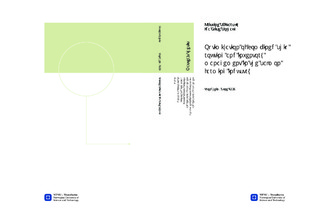| dc.description.abstract | Fish feed is the largest component of a salmon farmer s production costs and lostfeed days are a large cost driver. Norway s largest salmon farmer, Marine HarvestNorway, hopes to cut costs and increase reliability of feed deliveries by startingin-house feed production and distribution. In order to deliver feed to fish farms fromthe new factory in an efficient and reliable way, they need to create cost-effectiveand robust transportation plans.The basis for this thesis is the problem of planning feed deliveries faced by MarineHarvest Norway, hereby referred to as Marine Harvest. The goal is to provide amodel to simultaneously aid in routing of feed deliveries and inventory management.We have further developed our Inventory Routing Problem (IRP) model fromIvarsøy and Solhaug (2013) into three mathematical formulations. We have alsodeveloped two frameworks for parallel branch-and-bound, in an attempt to searchthrough a larger part of the solution space in shorter time.The three formulations have been tested on three various-sized test cases,which differ in the number of fish farms considered, as well as production andtransportation capacity. The largest test case is a realistic representation of theplanning problem. Most of the parameters used are real data provided by MarineHarvest, while we have made our own estimations when needed.The first formulation is an arc-load formulation, similar to the one given in Ivarsøyand Solhaug (2013). The arc-flow and multi-commodity formulations are extensionsof this, and include more detailed information about loads on board ships. Resultsshowed that the arc-flow model performed best for all test cases. The arc-loadmodel performed well for the smallest test case, while the multi-commodity modelsuffers from long solution times for each branch-and-bound-node and has scalingissues due to a large number of variables.The parallel frameworks did not work as well as hoped. The first frameworkparallelize the work of solving each branch-and-bound node, and did not manageto find any integer solutions or good lower bounds. The second framework is morepromising, but our simple synchronous implementation only finds a marginallybetter solution than the sequential run, and the solution time was not decreasedin accordance with the increased use of computing resources. | nb_NO |

